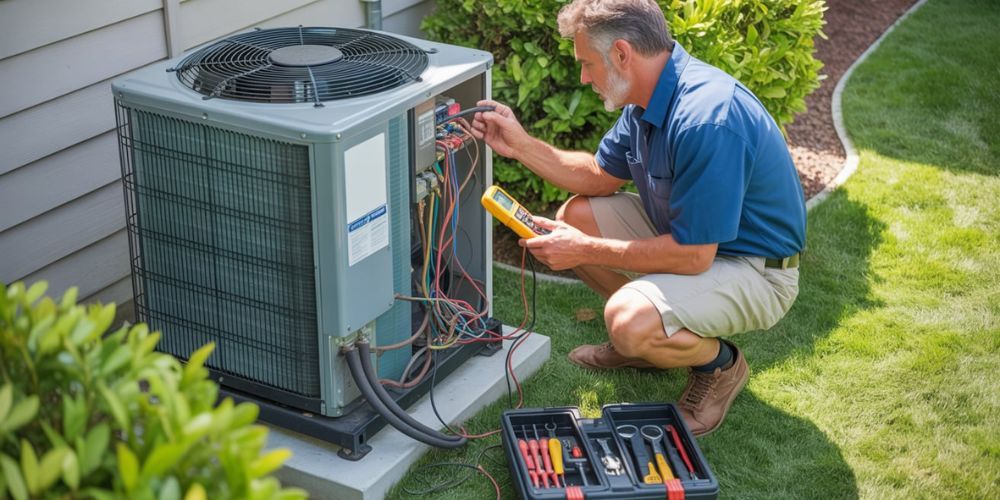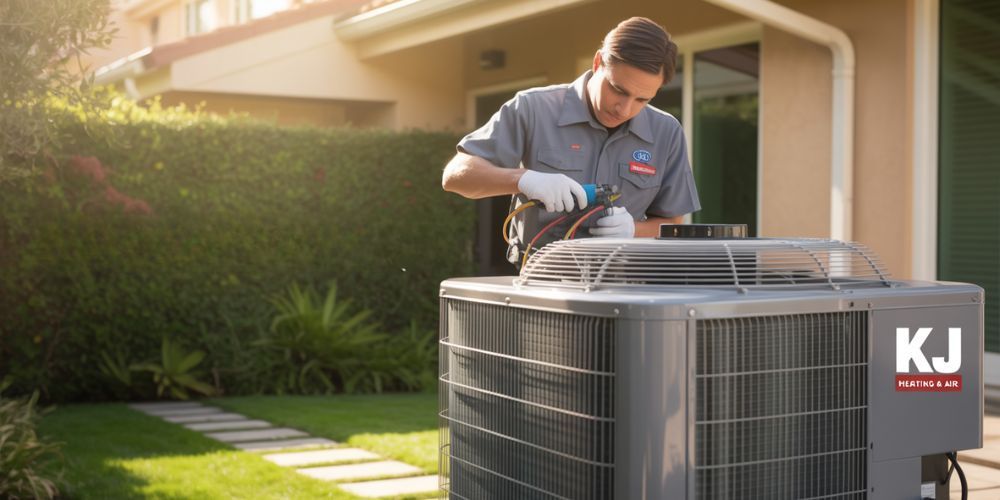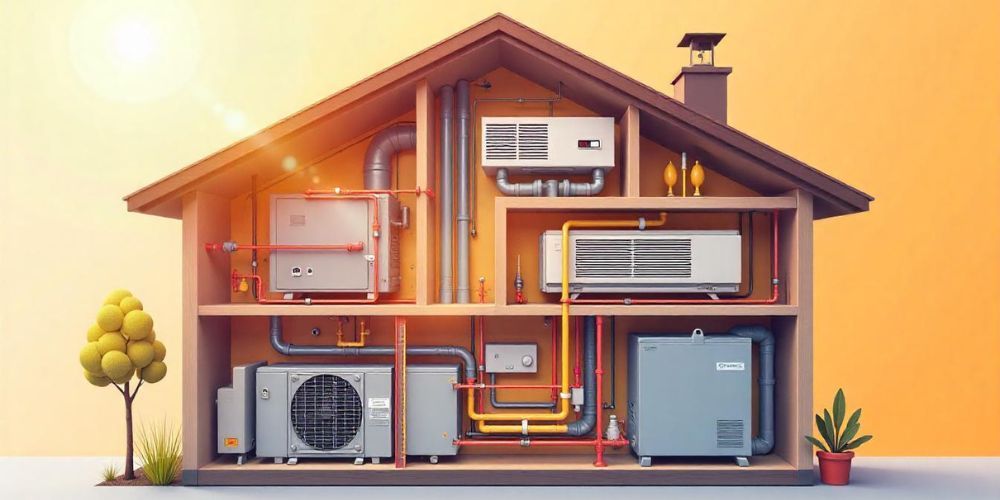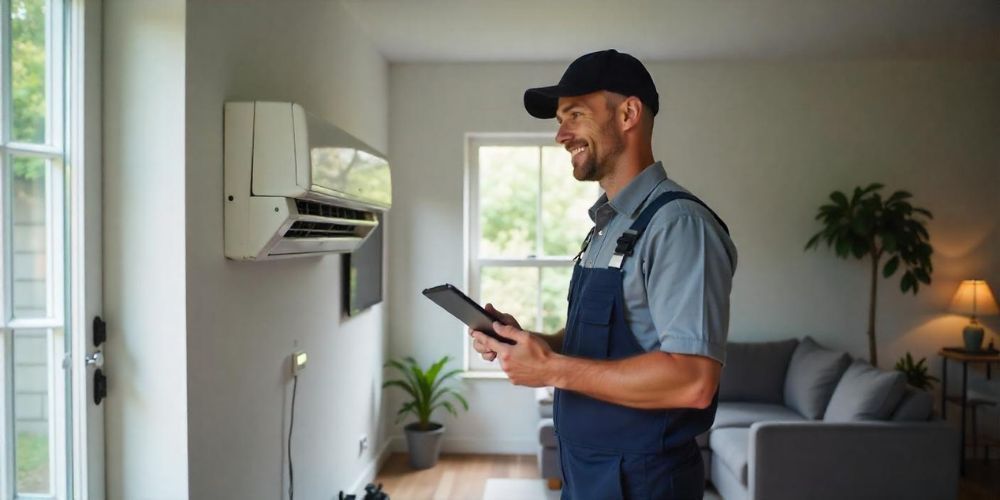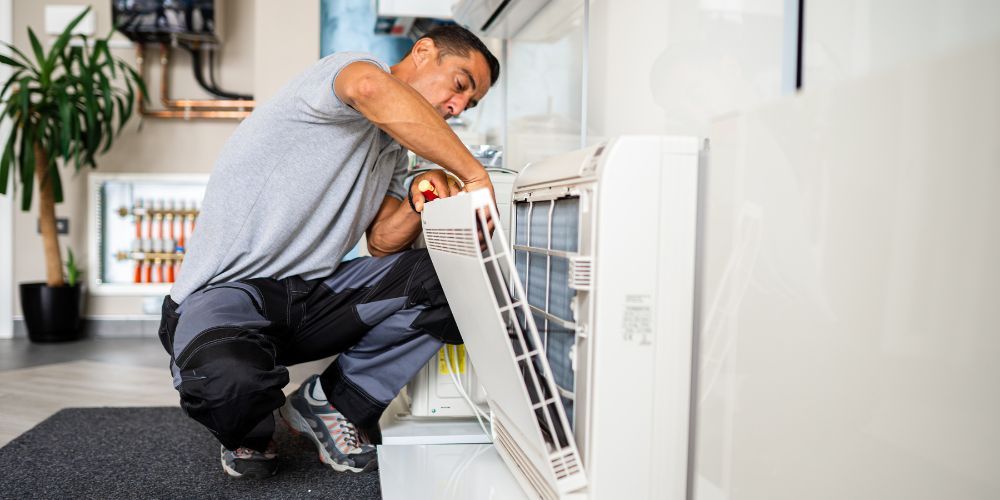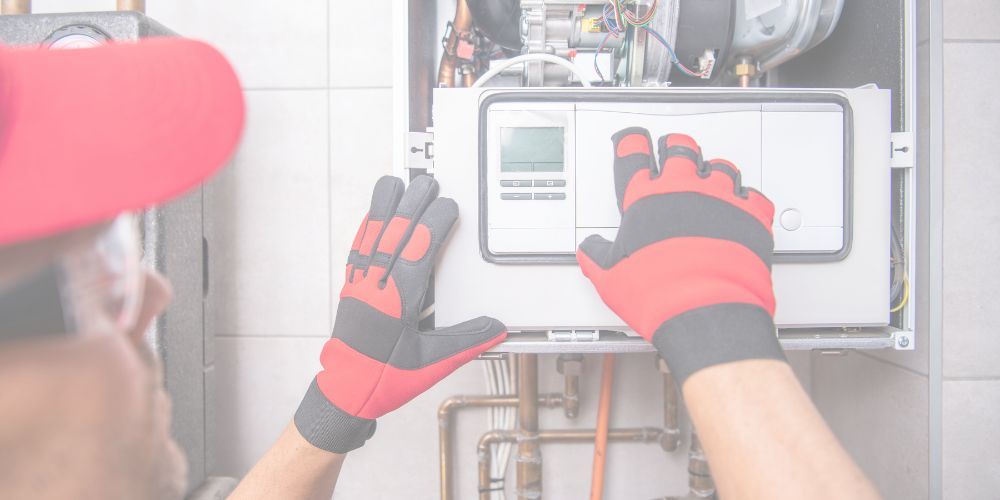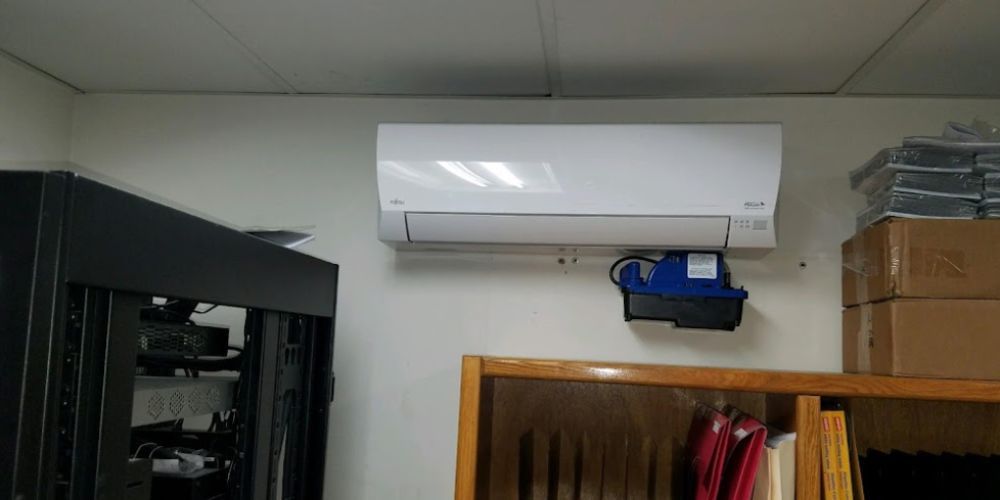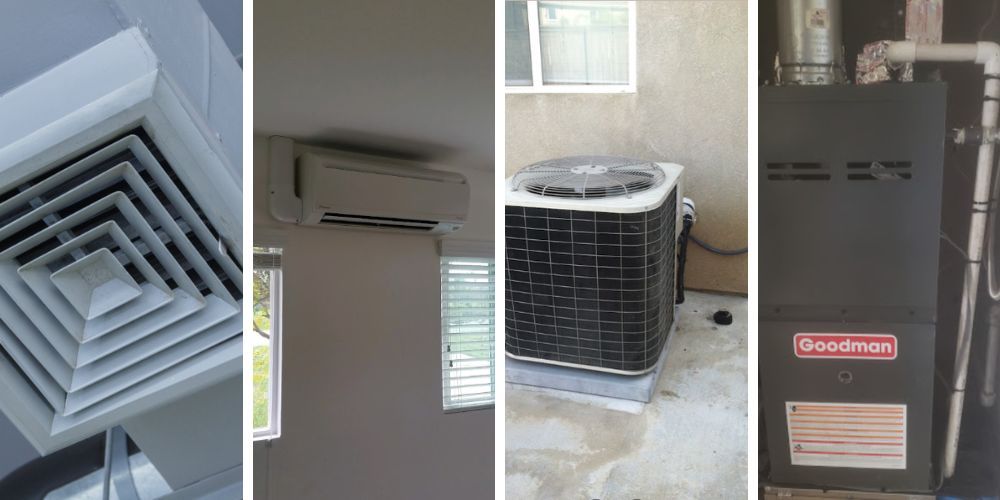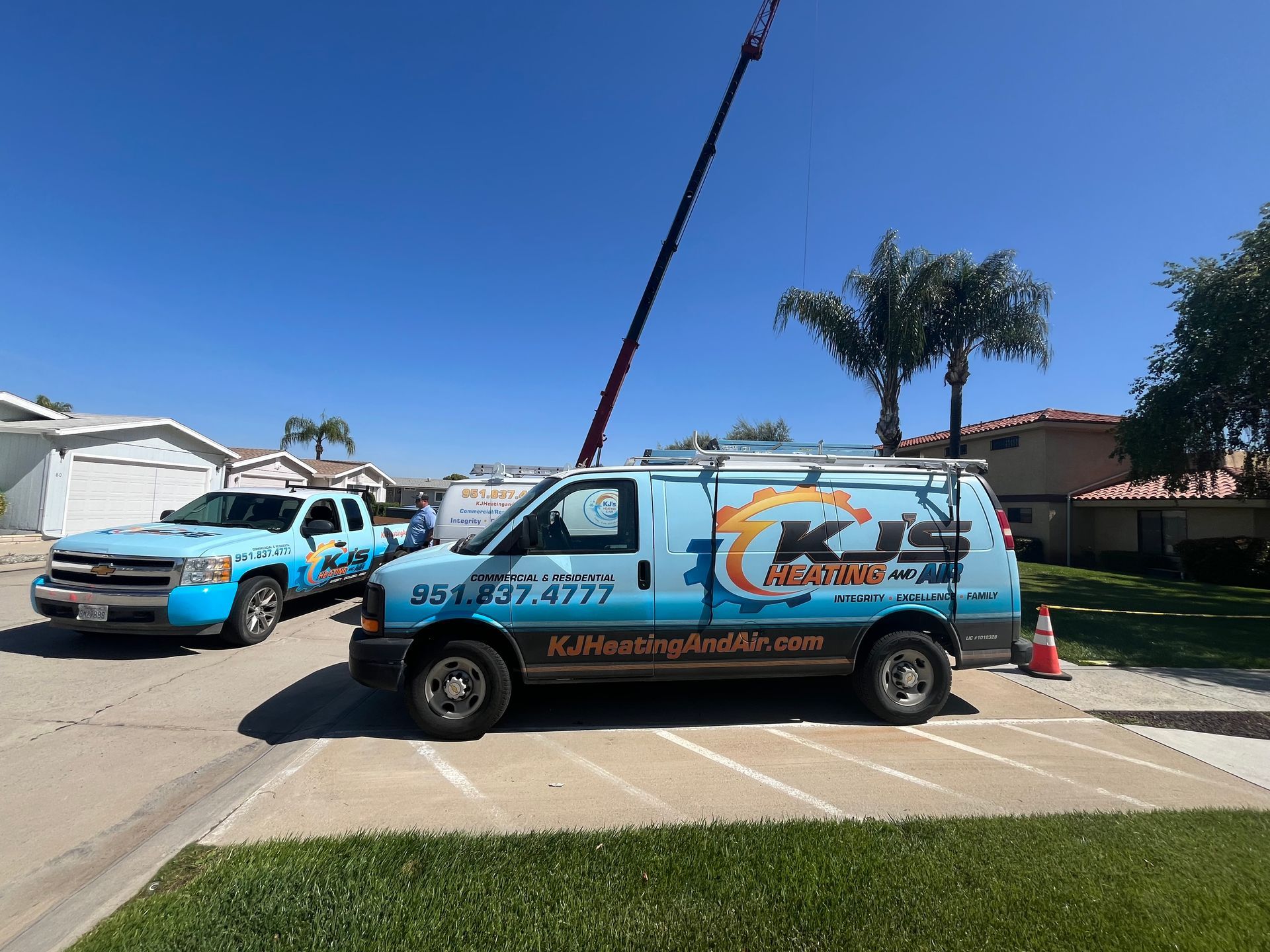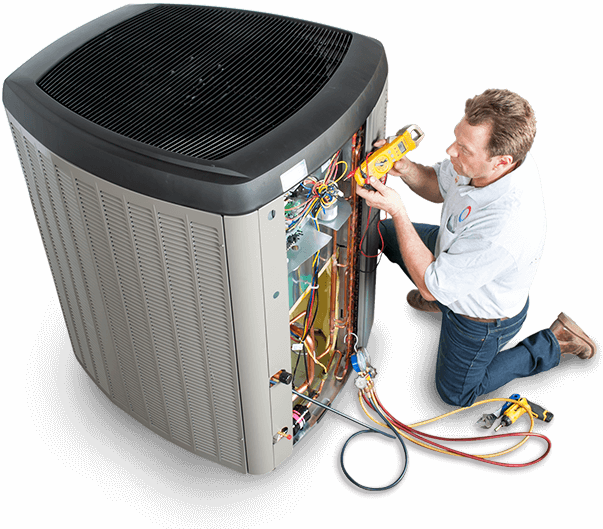How To Replace Compressor On AC Unit
Changing the compressor in an air-con unit requires great care and understanding of the system. The compressor is vital in circulating refrigerant throughout the system, thus enabling cooling to occur within an AC. Failure within it will result in inefficient cooling or a complete unit breakdown.
Though this might sound daunting, replacing a compressor with the proper tools and knowledge can be possible. This guide will tell you how to replace the compressor on the AC Unit so that your home stays refreshed and comfortable. Always ensure your safety and follow the proper initialization to avoid damage or harm.
Understanding Of AC Compressor
The AC compressor is a crucial part of your air conditioning system. Its job involves compressing and moving refrigerant around. It receives the low-pressure refrigerant gas from the evaporator coil and compresses it into high-pressure gas. The high-pressure gas proceeds to the condenser coil to release heat. This process enables your cooling agent to soak up warmth from within your house and discharge it externally, giving you coolness.
If a compressor is not working correctly, it might result in lousy cooling or system breakdown. Recognizing its function aids with problem identification and accomplishing maintenance or exchanges. Compressors that work well are essential for efficient and powerful air conditioning, ensuring you stay comfortable at home.
Safety Measures And Preparation
Before replacing an AC compressor, always be safe and organized with whatever you need. First, cut the power off your AC unit at the breaker box to avoid shock. Take protection measures by wearing gloves and safety goggles against sharp edges and DC contact.
Keep the area well-ventilated, without flammable materials around.
Keep handy a new compressor, refrigerant, and fittings—the replacement parts that may be required. Check for leaks or system damage before charging it. Should you be adequately prepared, the replacement won't have a chance of accidents, and it will be much smoother and maintain the integrity of your air conditioning system.
Removing The Old Compressor
To remove the old compressor, switch off the unit power and unplug it. Slide gently out the refrigerant lines by loosening the fittings with a wrench. Be prepared for some refrigerant loss; collect it safely using appropriate recovery equipment. Remove any mounting bolts or brackets securing the compressor onto the base plate.
Slowly raise the old compressor from the unit, being cautious not to knock on surrounding parts. If the compressor weighs a lot, seek help so as not to hurt your back. Put the old compressor into an appropriate container that will take it for disposal, as it may contain hazardous materials. Proper removal of the old compressor paves the way for fitting a new one.
Installing The New Compressor
Carefully position the new compressor into the unit to center it with the mounting brackets. Bolt the compressor in, using bolts to secure the compressor firmly and levelly in place. Connect the refrigerant lines to the new compressor by tightening the fittings with a wrench to avoid any possible leakages. Check that all electrical connections are connected correctly and securely.
Replace insulation or protective covers that may have been removed. All connections and bolts must be tightened properly. It will ensure that the compressor is aligned and supported correctly. Its proper installation will help you get your new compressor working efficiently for longer.
Related read: How to identify AC coil leakage
Recharging Refrigerant And Testing New Compressor
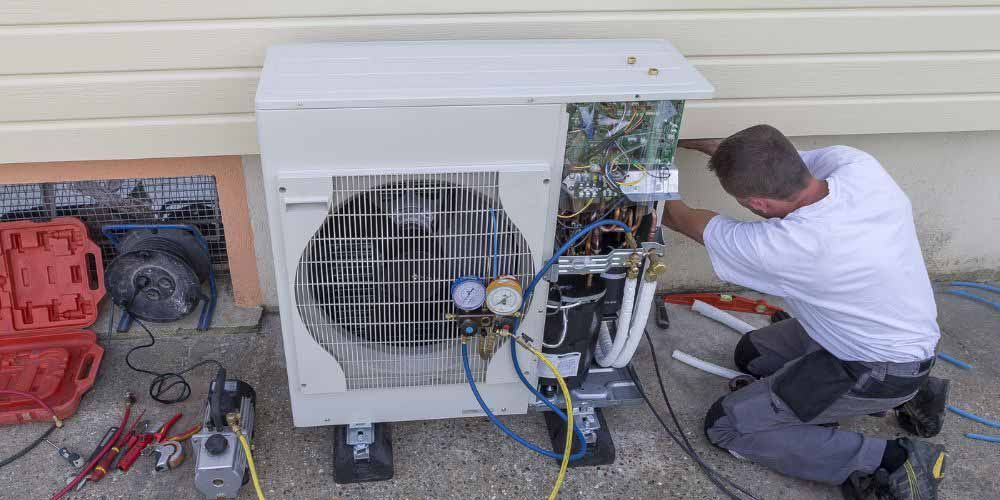
Run the AC for some time after recharging the refrigerant in the system with a new compressor. Attach a refrigerant gauge to the service ports, followed by taking a reading of current pressure. Add the prescribed refrigerant slowly through appropriate means, checking for developed pressure to build up to the manufacturer's specification.
The next thing to do is turn on the AC unit and let it run for some time. Check whether the compressor operation is smooth and noise-free and whether the cooling performance is as expected. Observe for leaks or any other problems in the system. Proper charging and recharging tests prove this new compressor can work effectively and sustainably.
Maintenance Tips To Enhance Durability
- Regular Cleaning: Clean the AC unit by removing debris or dirt from the coils and filter, which makes it efficient and puts no stress on the compressor.
- Refrigerant Level Check: The refrigerant levels should be correct since low levels may damage the compressor. Check periodically and add if necessary.
- Monitor Performance: If the compressor produces strange noises or unusual vibrations, monitor such conditions. Early detection may avoid more significant problems.
- Scheduled Maintenance: Let professionals look at it yearly, at least, to inspect the compressor and other components of your AC.
- Prevent Overuse: The AC unit should not be allowed to run continuously. Use a programmable thermostat to regulate usage, reducing wear on the compressor.
Related read: Air conditioner not blowing cold air
Conclusion
Replacing an AC compressor might be challenging, but planning it properly and paying attention to details is doable. Protect yourself with protective measures, then correctly install a new compressor. Finally, charge it with refrigerant for the best operation. If you'd rather have professional help, consider contacting KJ's Heating and Air.
KJ's Heating and Air has over 40+ years of experience and expertise in providing effective, reliable compressor replacement services. Their staff ensures your unit runs at its best, with peace of mind behind top-quality service.
Related read:

